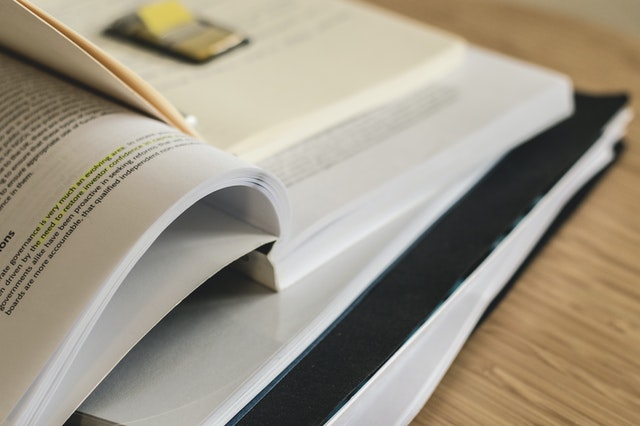Many people are not aware of the fact that patents are territorial – a patent is only valid in the country in which it was filed and approved. Therefore, if you wish to protect your invention internationally, i.e. in more than one country, you must file a patent application in each country where you are interested in commercializing your idea. This is mainly done in one of two ways:
- File an application in every country in which you need to protect your invention. You can do it simultaneously or according to the Paris Convention (12 month after the first filing). This is done while following each country’s patent filing laws, rules, and regulations, also while paying multiple sets of fees.
- File an application under the Patent Cooperation Treaty (PCT). This is commonly known as a PCT application.
The first option is an overly complex and expensive process. The Patent Cooperation Treaty (PCT) was created in order to simplify the whole process.

What is the Patent Cooperation Treaty?
The PCT is an international patent law treaty with more than 150 contracting states. It’s designed to enable securing intellectual property rights from multiple countries, in a relatively swift and low-cost fashion.
Through PCT, you may simultaneously apply for patent protection in multiple countries, by filing a single patent application in one language with a single set of fees in one currency.
Nevertheless, it’s important to remember that the PCT application is only the first step – the grant of patents remains under the control of each national or regional patent office, in each “national phase” (see below).
The full PCT process
- Filing: File an international application according to PCT formality requirements, in one language, paying one set of fees to one of the following.
- A national patent office with PCT authority (such as UKIPO the British IP office or PRV).
- A regional patent Office (for example the EPO – European Patent Office).
- WIPO (World Intellectual Property Organization).
- International Search: the application is examined by an ISA (“International Searching Authority”. The ISA compiles a written opinion on your invention’s potential patentability.
- International publication: Your international application is published 18 months from the earliest filing date – anyone can now review it in an open patent database, such as those belonging to WIPO, EPO etc.
- Supplementary International Search (optional): A second ISA search, done at your request, for published documents that may not have been found by the first ISA, and can be relevant to the invention’s potential patentability.
- International Preliminary Examination (optional): One of the ISA’s carries out, at your request, an additional patentability analysis, usually on a version of your application, in which you have amended the application in the light of the written opinion.
- National Phase: Usually 30 months from the earliest filing date of your initial application, you should start seeking the grant of your patent in each national (or regional) patent office that you designate. At this stage, every national IP-office will reexamine the application, according to its own laws, regulations, and practices. The time required for the examination varies across IP-offices. It is also important to note that the national offices can consider PCT written opinions but are not bound by it.

